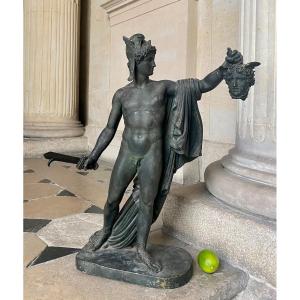This very rare bronze is signed by the Sommer foundry in Naples. It dates from the second half of the 19th century.
The Sommer foundry specialized in bronze reproductions of sculptures discovered at the sites of Pompeii and Herculaneum, among other archaeological sites. The slightly crusty patina of these antique objects is carefully reproduced by these so-called Naples cast irons. Although Canova's sculpture is not antique since it dates from the beginning of the 19th century, it must have appeared in the catalog of the Sommer foundry. This print must have been produced in small quantities because it is the only one on the market to our knowledge.
Although Canova's sculpture is not antique since it dates from the beginning of the 19th century, it must have appeared in the catalog of the Sommer foundry. Especially since Canova made the trip to Naples and discovered the sites of Pompeii and Herculaneum at the time of the first excavations.
This print must have been produced in small quantities because it is the only one on the market to our knowledge.
The most important neoclassical sculptor of the end of the 18th century, Antonio Canova (1757 –1822) was considered by his contemporaries as the “New Phidias”. Restorer of the beauty of Greek Antiquity within the Italian school, Canova had almost no rivals during his career (with the exception of the Danish sculptor Thorvaldsen). Its marbles, with pure contours and elegant shapes, revisit Antiquity with voluptuousness and suppleness. With great technical virtuosity, he cultivated the ideal, both in physical and moral representation.
Born in the province of Treviso, Canova grew up in a family of stonemasons. An anecdote relates that he surprised guests by sculpting a lion in a lump of butter in his early childhood. He indeed learned very young to handle the chisel.
Sent as an apprentice to Venice, Canova began an artistic practice alongside the sculptor Torretti, who detected his talent. The young boy then entered the Academy of Fine Arts. Antonio Canova stands out for the finesse of his work. Still a teenager, he received his first ambitious commissions for sculptures on mythological themes, such as Orpheus and Eurydice or Icarus and Daedalus.
Until then, Canova had rather worked from the observation of nature. Now he is beginning to forge a solid artistic culture by studying the Antiques and Renaissance artists. Having opened his own studio in Venice, the sculptor began to make himself known. Having few competitors and an ardent worker, he easily earned a reputation.
In 1779, Canova arrived in Rome and began to sculpt in front of a live model. Jérôme Zulian, the ambassador of Venice, becomes his protector. Canova was deeply seduced and influenced by the rediscovery of Greco-Roman Antiquity which affected Italy and then the rest of Europe. During a trip to the country, he discovered the sites of Herculaneum and Pompeii. Under the influence of Antiquity, his art became more idealistic. The artist always starts from the observation of nature, but with the aim of perfecting and purifying it in the manner of the ancient Greeks.
Heroic nudity is, for him, a favorite subject. Canova begins to carve in large blocks of Carrara marble, the most beautiful of materials for a sculptor. He notably delivers Theseus and the Minotaur, commissioned by the Republic of Venice. Canova also works for the Church and creates the funerary monument of Clement XIV, which wins the support of the public and raises him to the rank of the great masters.











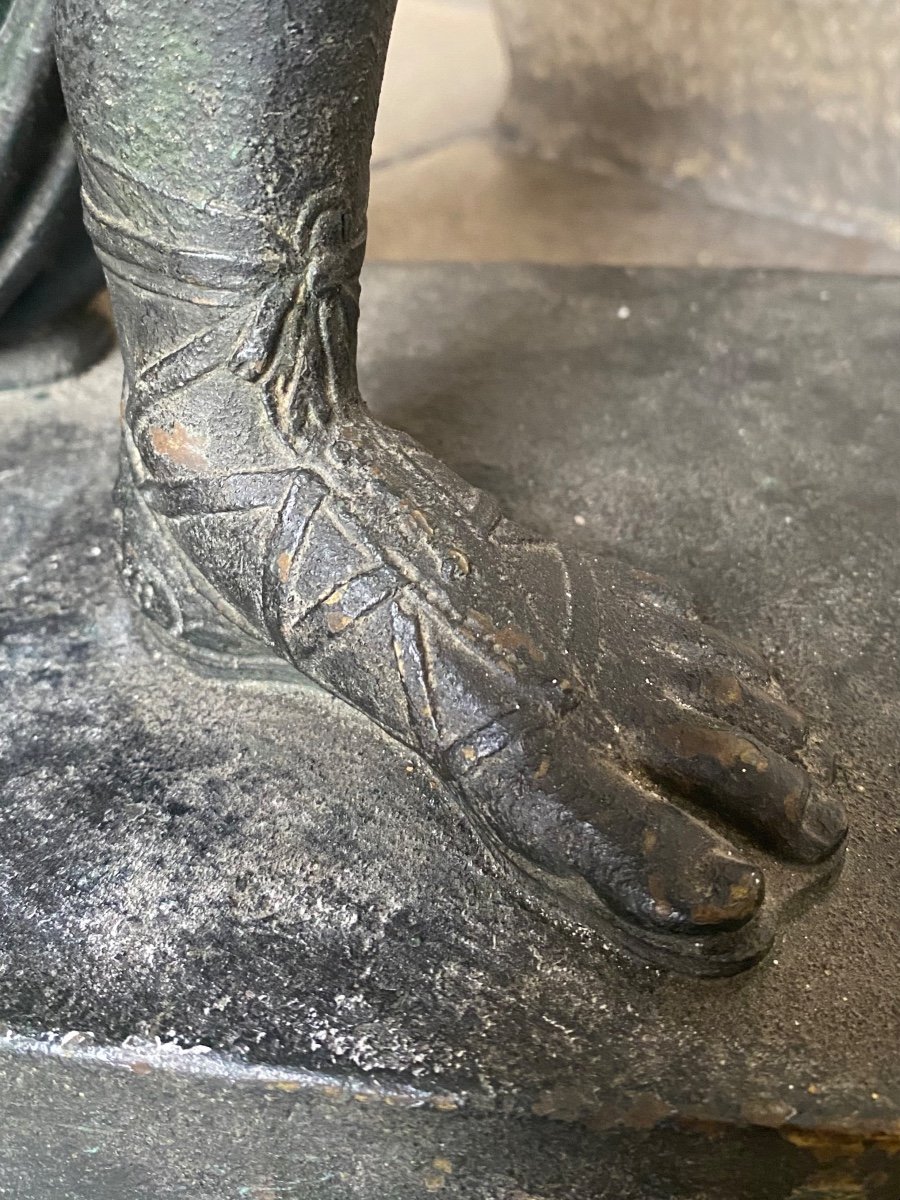



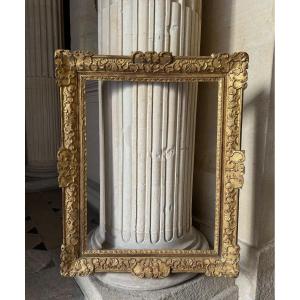



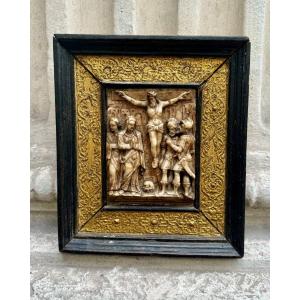

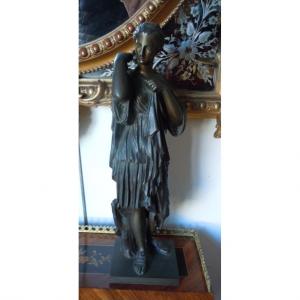
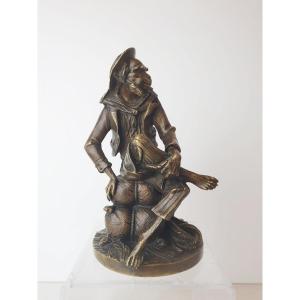







 Le Magazine de PROANTIC
Le Magazine de PROANTIC TRÉSORS Magazine
TRÉSORS Magazine Rivista Artiquariato
Rivista Artiquariato
